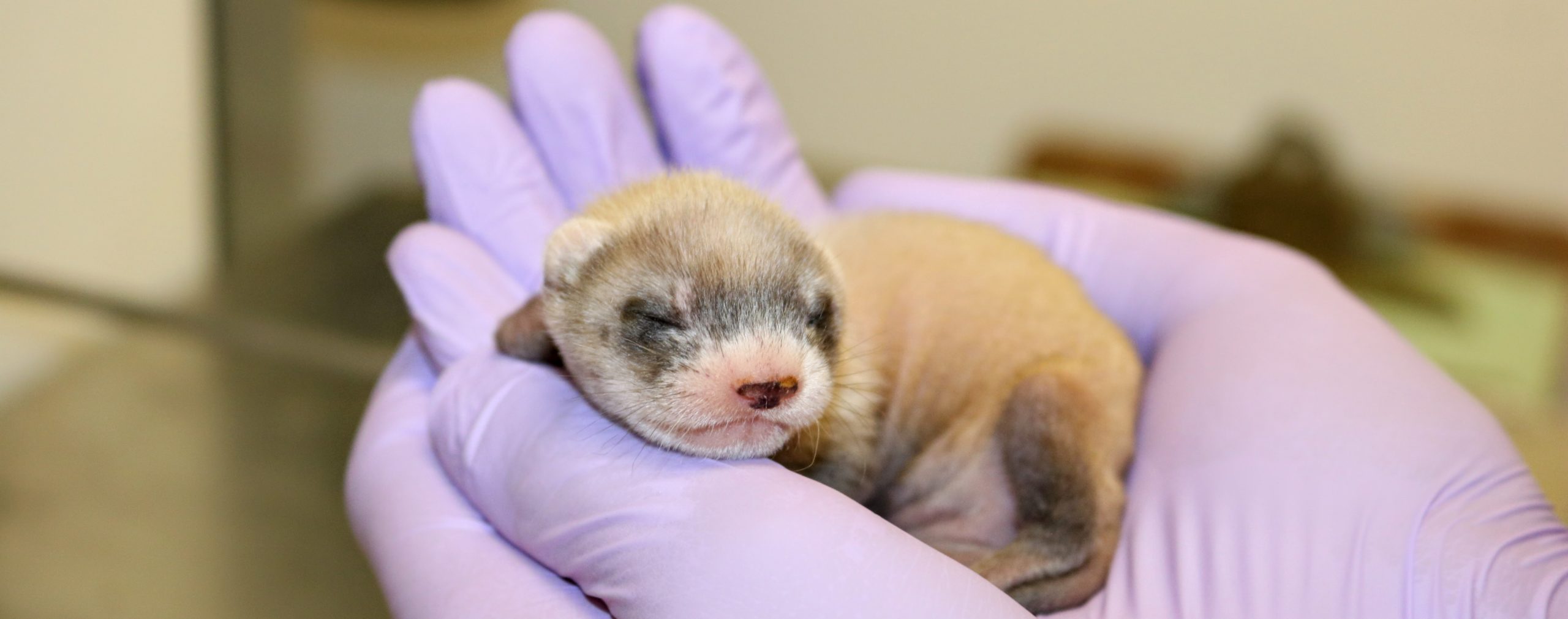Cowboy State Daily journalist Wendy Corr interviewed Revive & Restore’s Co-Founder and Executive Director Ryan Phelan in a thoughtful exploration of the history and future of black-footed ferrets in America. As the article explains, cryogenics and cloning may be the future for conservation.
In this newly published article, Cryogenics & Cloning Are Helping To Save Wyoming’s Black-Footed Ferrets, Corr and Phelan discuss the technologies that made the world’s first cloned black-footed ferret possible.
”We went back in time 40 years by using frozen cell lines. By looking at the genomic sequence of the black-footed ferrets that had been cryo-preserved, we could identify that they had three times more genetic variation than any living ferret today.
Ryan Phelan, Co-founder & Executive Director of Revive & RestoreAs quoted in the Cowboy State Daily
In the article, Corr explores some of the emerging challenges facing black-footed ferrets, specifically sylvatic plague. Sylvatic plague is a bacterial disease transmitted by fleas that is widespread throughout the Western states. The plague affects both ferrets and prairie dogs, the ferrets’ primary food source, and has kept the black-footed ferret population from growing.
That’s where genetic diversity through cloning can make a difference, Phelan said.
“The most important part about genetic diversity is the more diverse it is as an individual, the better for the species,” she said. “It creates more ability to be resilient to disease like sylvatic plague. It increases the chances for fertility and just a healthier, more resilient organism.”
Watch the Cowboy State Daily’s video on the history of black-footed ferret rescue:
About the Project
Since 2013, Revive & Restore has been working to restore genetic diversity in black-footed ferret populations, including helping create the world’s first cloned black-footed ferret, Elizabeth Ann. Elizabeth Ann highlights the genetic tools we are exploring to save endangered species globally.




